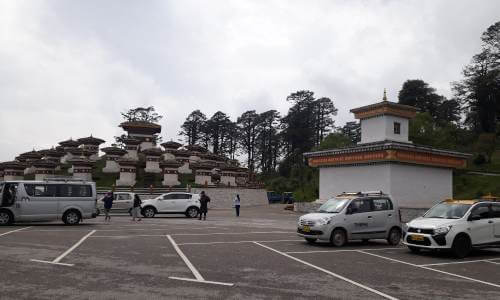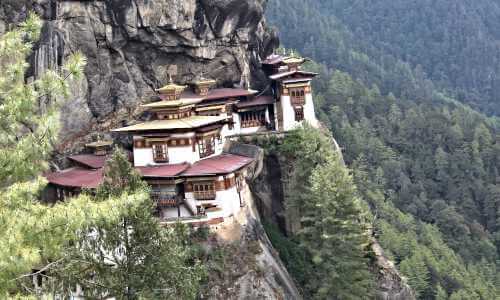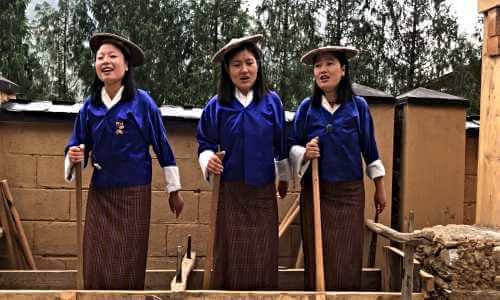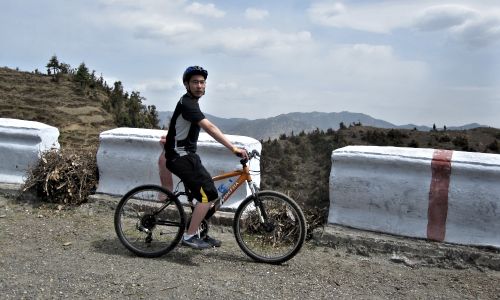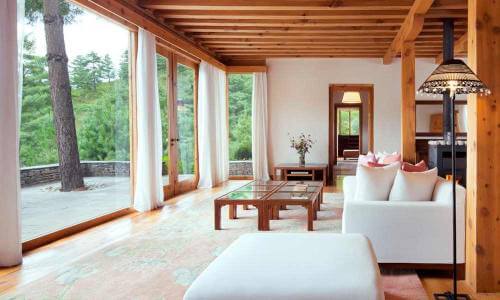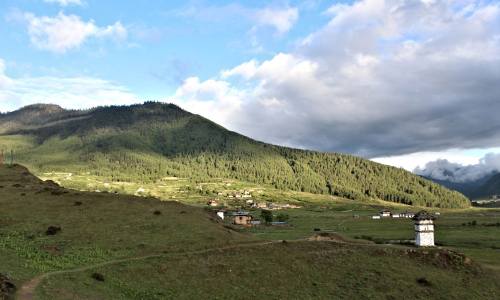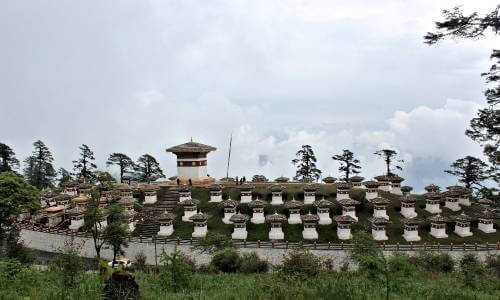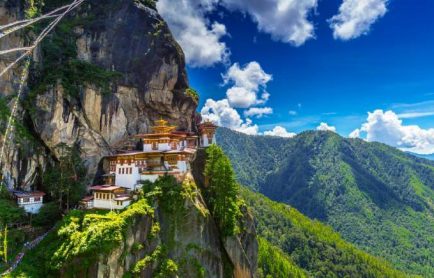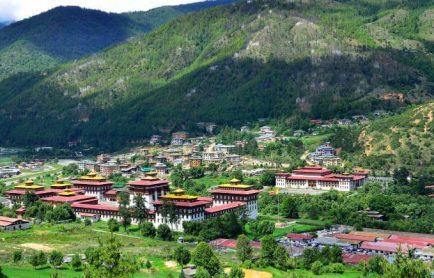Konchogsum Lhakhang
Snuggled amidst serene locales of Chokhor valley of Bumthang district in Bhutan, Konchogsum Lhakhang is a magnificent monastery painted in vibrant hues. Along with Tamshing Lhakhang and Kurjey Lhakhang, it too counts amongst the most significant sites of Buddhist pilgrimage in the region, inviting countless devotees from across the Himalayan kingdom. The holy shrine is said to have been originally founded in the 7th century AD by the Tibetan king, Trisong Detsen, after receiving directives from Guru Rinpoche to do so. As per mythological beliefs, the site never came to people’s notice for several subsequent years. It is in the late 15th century when the Buddhist spiritual master, Pema Lingpa discovered it in a dilapidated condition and undertook the renovation work, restoring its age-old statues and paintings. In 2010, a major part of the construction was reduced down to ashes following a massive butter lamp fire. What stands today is yet another refurbished colossal structure, which was consecrated in November 2014.
A highly sacred site for Bhutanese Buddhists, Konchogsum Lhakhang is famed for the statue of Nampal Namse or Vairocana, one of the five Dhyani Buddhas sitting in the main sanctuary. Flanking Vairocana, are the statues of Guru Rinpoche, Avalokiteshvara, and Nyingmapa masters of Dzogchen tradition – Pema Lingpa and Longchen Rabjam. What primarily fascinates the visitors travelling to the monastery is the elaborate mandala painted ceiling and inner walls embellished with ancient intricate murals. The seated statues of Pema Lingpa depicting his three reincarnations, mind, body and spirit, circumferencing around the mezzanine make for yet another beautiful highlights of the shrine. The temple is also famous for its ancient relic, a bronze bell, bearing inscription from the eighth century on the inside. It is said that when this bell was rung, the chimes could be heard all the way to Lhasa, Tibet. In 17th century, Tibetan army was sent to get this bell but, it was so heavy that it could not be lifted and fell on the ground. The sacred relic of this broken bell is still preserved in the upper level of the newly built Lhakhang.
